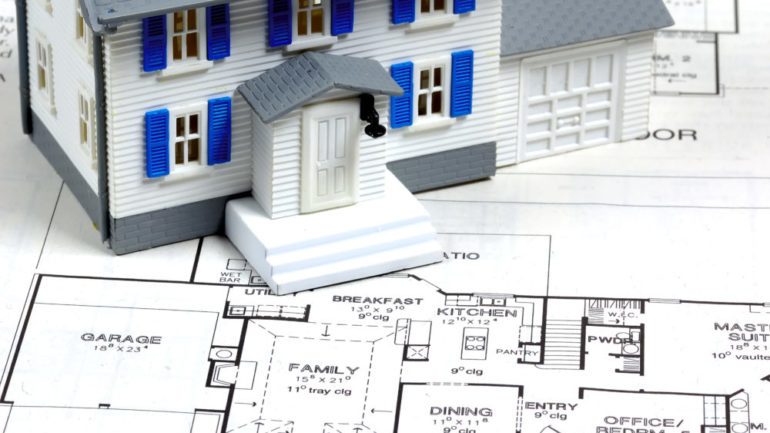Home renovations is an astounding $326.1 billion annual industry in the United States, with no signs of its growth stopping. Consumers constantly hear the message that their houses somehow fall short…which begs the question: Do our houses really need that much work or are we simply victims of reno hype?
Why Do You Want to Renovate?
First, consider your motives. Have you bought into what someone else thinks of your home? Do you really need stainless and quartz when your black appliances and granite work just fine? While the television remodeling shows are entertaining, they shouldn’t be considered the last word on your own remodeling decisions.
Related: 5 Luxury Upgrades Worth Adding, and 3 to Skip
Will Renovations Detract?
Renovations typically aim to modernize, and modernization tends to erase historic details. Also, changing one room often leads to the next…and the next, as redoing one makes the adjoining room look dingy. This can create an artificial need to ‘improve’ more spaces.
Is Renovating Cost Worthy?
Assess your home objectively, and ask if the cost truly makes a substantial difference or if it simply increases your debt. Get at least three estimates from qualified professionals.
Is There Anything Wrong With Your Home?
Critically think about your home’s functionality: Does it heat or cool when needed? Do the roof, doors, and windows keep out the elements? What has broken due to age or normal wear and tear? The answers to these questions will guide you to necessary replacements versus falling under the spell of renovation hype.
Which improvements should you consider?
Some renovations do hold high return on value, increasing the worth of your home. Improving smart technology features, regardless of your home’s age, will mean increased functionality for you and will also attract buyers. Yes, kitchen and bath remodels tend to show a high return on investment but think about doing a moderate renovation to save money while still making the space more usable.
Sometimes, the least noticeable – and most practical – improvements mean more in the long run, such as installing energy efficient doors and windows, or a new roof.


